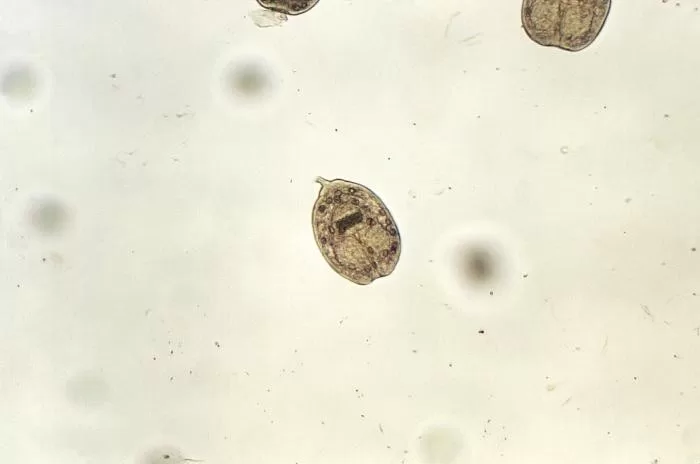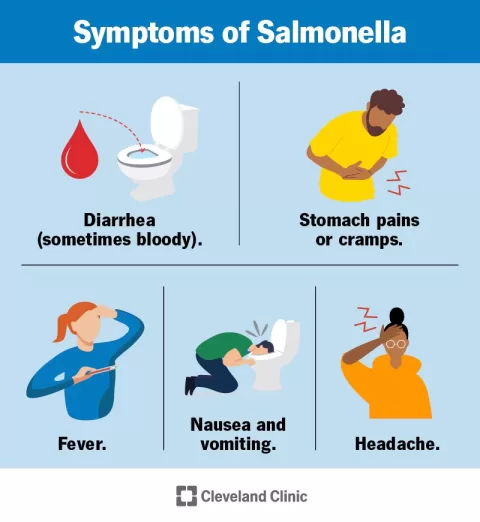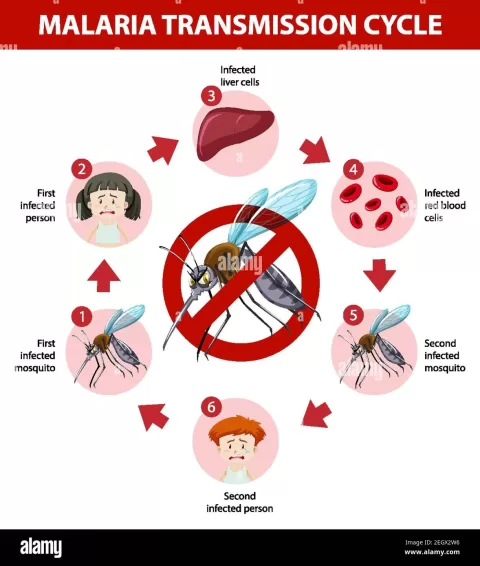Echinococcus vogeli is a parasitic cestode that plays a significant role in the health landscape of Central and South America, particularly causing neotropical polycystic echinococcosis (NPE). This zoonotic disease, noted for its impact on rural populations, arises from the complex life cycle of *E. vogeli*, traditionally involving wildlife hosts like the paca and bush dog. In Colombia, the prevalence of cases has increased attention towards identifying and understanding *Echinococcus spp. infection* through advanced diagnostic tools, including molecular characterization techniques. Recent cases highlight this transition from morphological identification to PCR and mitochondrial DNA sequencing, which offer deeper insights into the infections and their implications for human echinococcosis. As the documented cases of NPE grow, particularly after a notable *Colombia echinococcosis case* in 2024, the urgency for public health measures and enhanced awareness becomes ever more critical.
The issue of neotropical polycystic echinococcosis (NPE), caused by Echinococcus vogeli, represents a growing concern in the context of zoonotic diseases in tropical regions. Often termed as a neglected disease, this infection primarily affects individuals in rural environments where interactions with wildlife are common. Such interactions have led to increased incidences of human echinococcosis, demanding an integrative approach to understand how transmission from intermediate hosts occurs, particularly through domestic dogs. Recent advancements in molecular characterization, especially utilizing mitochondrial genes, have enabled researchers to trace and analyze these infections more effectively. This complexity reflects the intricate relationship between local ecosystems and disease dynamics, urging for a comprehensive understanding to prevent and treat this emerging health challenge.
Understanding Neotropical Polycystic Echinococcosis
Neotropical polycystic echinococcosis (NPE) is a significant public health concern in rural areas of Central and South America. This condition is caused by the larval stages of the tapeworm Echinococcus vogeli and is often misdiagnosed due to its symptomatology resembling other liver conditions. Individuals affected by NPE typically reside in rural or sylvatic environments where they are frequently exposed to potential reservoirs such as the paca, a rodent that serves as an intermediate host, and domestic hunting dogs, which can act as a vector for transmission.
The epidemiological profile of NPE illustrates how the life cycle of Echinococcus species includes complex interactions between wildlife, domestic pets, and humans. For effective diagnosis, healthcare providers must take into account the patient’s geographic history and potential exposure to wildlife, particularly in cases of cystic masses within the abdomen. Studies have shown that thorough molecular characterization of the parasite through advanced methods like PCR can significantly aid in confirming NPE infections, as conventional morphological methods may not always be definitive.
Frequently Asked Questions
What is Echinococcus vogeli and what disease does it cause?
*Echinococcus vogeli* is a cestode that causes neotropical polycystic echinococcosis (NPE), a zoonotic disease prevalent in tropical regions of Central and South America, particularly Colombia. NPE primarily affects individuals living in rural areas and is caused by the larval form of the parasite.
How is Echinococcus vogeli identified in human cases?
Human cases of *Echinococcus vogeli* infection are often identified using molecular characterization techniques, such as PCR and mitochondrial DNA sequencing. These methods allow for precise detection of the specific genes associated with *E. vogeli*, distinguishing it from other *Echinococcus spp.* infections.
What are the common symptoms of neotropical polycystic echinococcosis caused by Echinococcus vogeli?
Symptoms of neotropical polycystic echinococcosis due to *Echinococcus vogeli* can include abdominal pain, nausea, vomiting, and swelling in the abdomen. The liver is the most frequently affected organ, and its involvement can lead to misdiagnosis as other hepatic conditions.
What are the risk factors for Echinococcus vogeli infection in humans?
The primary risk factors for infection with *Echinococcus vogeli* include living in or frequenting rural and sylvatic areas with wildlife, particularly where domestic hunting dogs may have access to the viscera of the paca, which acts as an intermediate host for the parasite.
Why is molecular characterization important for diagnosing Echinococcus vogeli infections?
Molecular characterization is crucial for diagnosing *Echinococcus vogeli* infections as it helps differentiate it from other *Echinococcus spp.* infections. This is essential for effective management and treatment, especially since misdiagnosis can occur with other hepatic conditions.
How many cases of neotropical polycystic echinococcosis have been reported in Colombia?
Between 1978 and 2018, 35 confirmed cases of neotropical polycystic echinococcosis due to *Echinococcus vogeli* were reported in Colombia, highlighting its presence as a public health concern in rural communities.
What is the role of domestic dogs in the transmission cycle of Echinococcus vogeli?
Domestic dogs can act as alternative final hosts in the transmission cycle of *Echinococcus vogeli*. They may become infected by ingesting the viscera of infected pacas and then potentially contaminate the environment with fecal matter, which can lead to human infections.
What should clinicians consider when diagnosing Echinococcus vogeli infections?
Clinicians should consider the geographic origin of their patients, past exposure to wildlife, and symptoms resembling polycystic masses, particularly in individuals with a history of living in tropical, rural settings where *Echinococcus vogeli* is endemic.
What advancements have been made in understanding Echinococcus vogeli through molecular studies?
Recent molecular studies on *Echinococcus vogeli*, particularly the characterization of the cox1 mitochondrial gene, have revealed shared haplotypes among different populations. This genetic insight enhances our understanding of the parasite’s epidemiology and potential transmission dynamics.
What diagnostic methods are used for Echinococcus vogeli in surgical specimens?
Diagnostic methods for *Echinococcus vogeli* in surgical specimens include histopathological examination and molecular techniques like PCR targeting genes such as cytochrome b and cox1, which provide definitive identification of the parasite.
| Key Points | Details |
|---|---|
| Background | Echinococcus vogeli is known to cause neotropical polycystic echinococcosis (NPE), primarily in rural settings in Central and South America. |
| Human Cases | 35 confirmed cases of NPE reported in Colombia from 1978 to 2018, often identified through morphological identification. |
| Diagnosis | Molecular techniques like PCR and mitochondrial DNA sequencing are essential for confirming E. vogeli infection. |
| Symptoms | Symptoms may include abdominal pain, particularly in the right hypochondrium. |
| Affected Organs | The liver is the most commonly affected organ, but E. vogeli can also affect other tissues. |
| Geographic Considerations | Patients often come from rural tropical regions with exposure to intermediate hosts like paca. |
| Importance of Molecular Characterization | Molecular characterization helps differentiate between E. vogeli and other echinococcosis-causing species. |
Summary
Echinococcus vogeli, a significant cause of neotropical polycystic echinococcosis (NPE), reflects the need for increased awareness and molecular diagnosis in endemic regions. The complexity of this zoonotic disease, characterized by its unique life cycle and clinical presentation, highlights the urgent need for ongoing research and public health initiatives. Recognizing the ecological and geographical factors surrounding E. vogeli is crucial for effective management and prevention strategies in affected communities.
The content provided on this blog (e.g., symptom descriptions, health tips, or general advice) is for informational purposes only and is not a substitute for professional medical advice, diagnosis, or treatment. Always seek the guidance of your physician or other qualified healthcare provider with any questions you may have regarding a medical condition. Never disregard professional medical advice or delay seeking it because of something you have read on this website. If you believe you may have a medical emergency, call your doctor or emergency services immediately. Reliance on any information provided by this blog is solely at your own risk.








